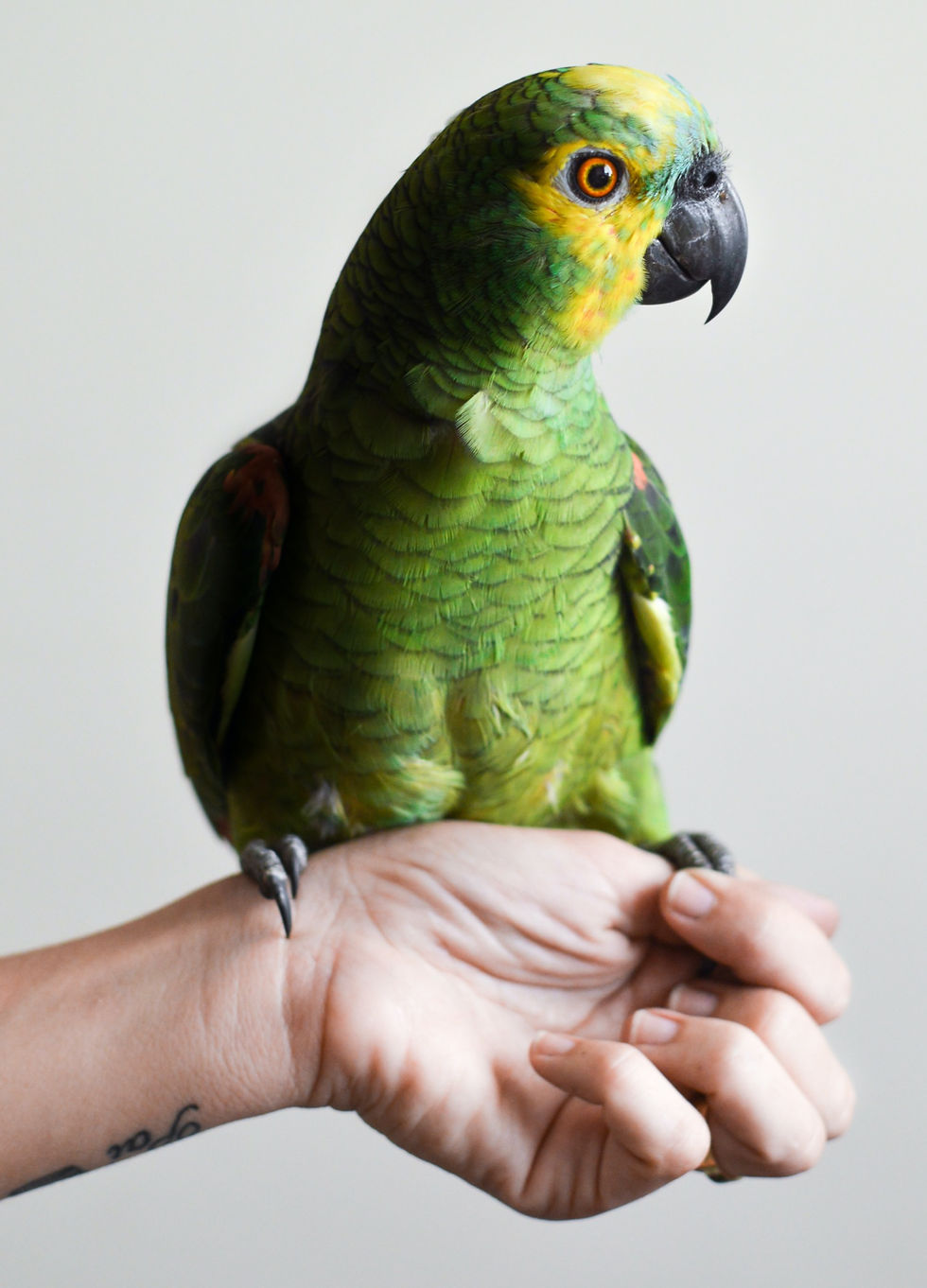1. " ... in 2013, the American Heart Association issued a scientific statement concluding that pet ownership, particularly dog ownership, is probably associated with decreased risk of cardiovascular disease, and that it may have some causal role in reducing this risk (Levine et al., 2013)."

2. "For example, in Germany and Australia, Headey and Grabka (2007) found that people who continuously owned a pet were the healthiest group, and people who ceased to have a pet or never had one were less healthy."
3. "As the field of anthrozoology grows and studies proliferate, it will be increasingly important to compare results across studies. Only through the demonstration of convergent data will we be able to come to more definitive conclusions about the unanswered questions that have plagued the field for decades."
4. "Today, service animals help people with a wide variety of conditions and disabilities, both physical and psychological, to lead fuller, more independent lives. For example, social circumstances and advances in science and medicine have heightened public understanding and awareness of disorders such as the autism spectrum disorders and post-traumatic stress disorder in war veterans."
5. "We have also seen a tremendous proliferation of AAI with a diverse array of aims and declared benefits. Service animals (primarily dogs) are also being employed to assist with a broad range of physical, neurological, and psychological disabilities in ways that would have been inconceivable 25 years ago."
6. "Although many of the research questions of today remain similar to those posed in 1987, recent advances in the field and in methodologies mean that they can now be asked in different ways and with more robust approaches."

7. "For example, functional magnetic resonance imaging (fMRI) is being used to answer questions about brain function underlying HAI. Human brain activity measured via fMRI has been assessed in response to positive and negatively valenced vocalizations generated by cats (familiar animal), rhesus monkeys (less familiar animal), and humans and compared with non-biological sounds (Belin et al., 2008)."
8. "Today, new meetings and conferences focused on topics and issues in HAI are being created all over the world, and HAI is being added as a topic on the agendas of large scientific conferences in an array of fields (e.g., the Society for Research in Child Development, or SRCD; the American Psychological Association, or APA; and the American Occupational Therapy Association, or AOTA)."
9. "Pet ownership is such a common phenomenon around the world that it is important to understand the mutual benefits and challenges these relationships present within the home. The 1987 call for further studies to deepen our understanding of HAI has only been partially fulfilled."

10. "For HAI research to continue to develop as a credible scientific field, there are still some very basic questions that must be answered: For example, for whom is animal interaction most beneficial? How much contact with an animal is required to achieve benefits? Are benefits maintained after contact with an animal ends? How suitable are different species of pet partners for different populations?"
Sandra McCune, Katherine A. Kruger, James A. Griffin, Layla Esposito, Lisa S. Freund, Karyl J. Hurley, Regina Bures, Evolution of research into the mutual benefits of human–animal interaction, Animal Frontiers, Volume 4, Issue 3, July 2014, Pages 49–58, https://doi.org/10.2527/af.2014-0022


Comments